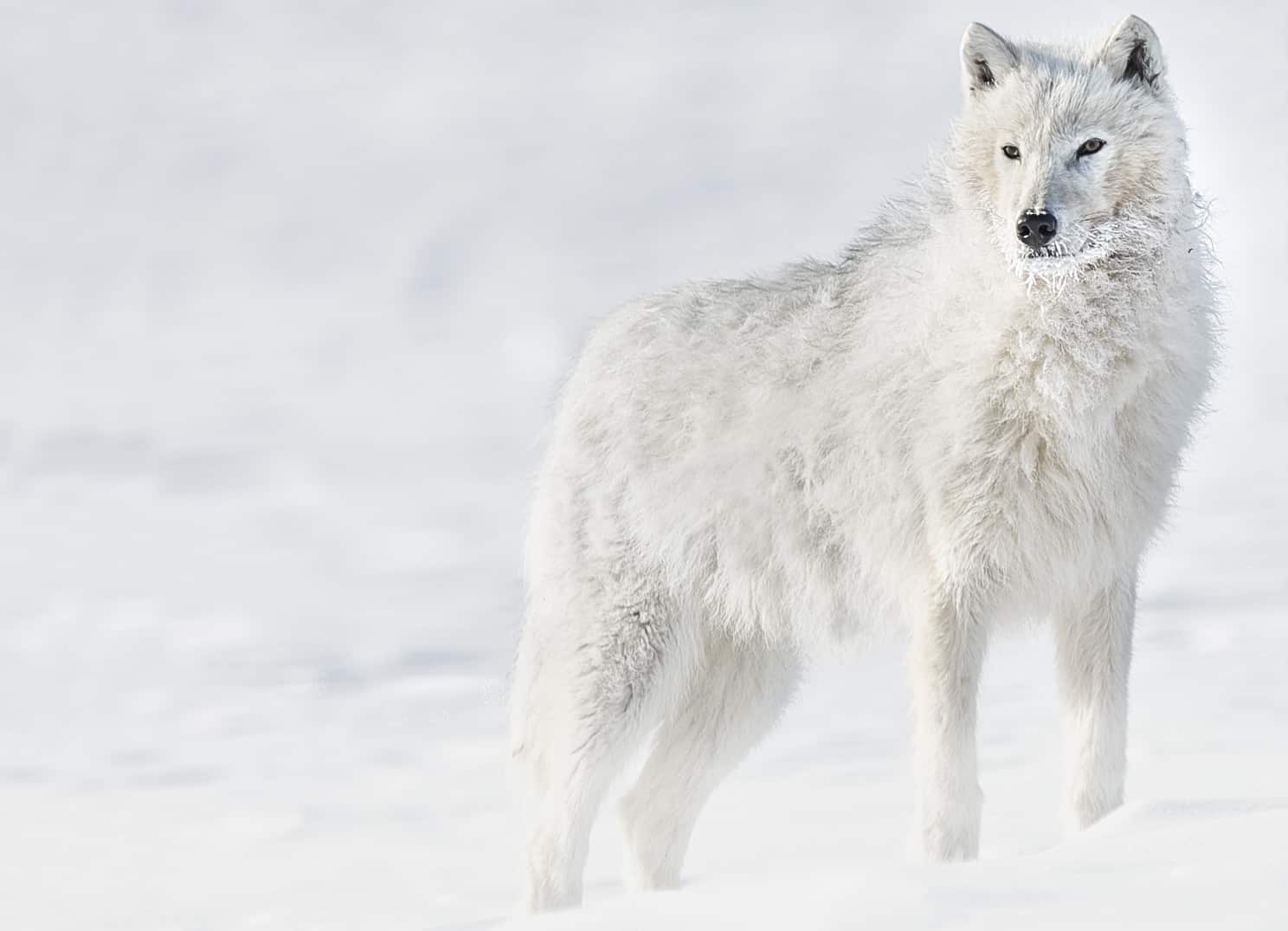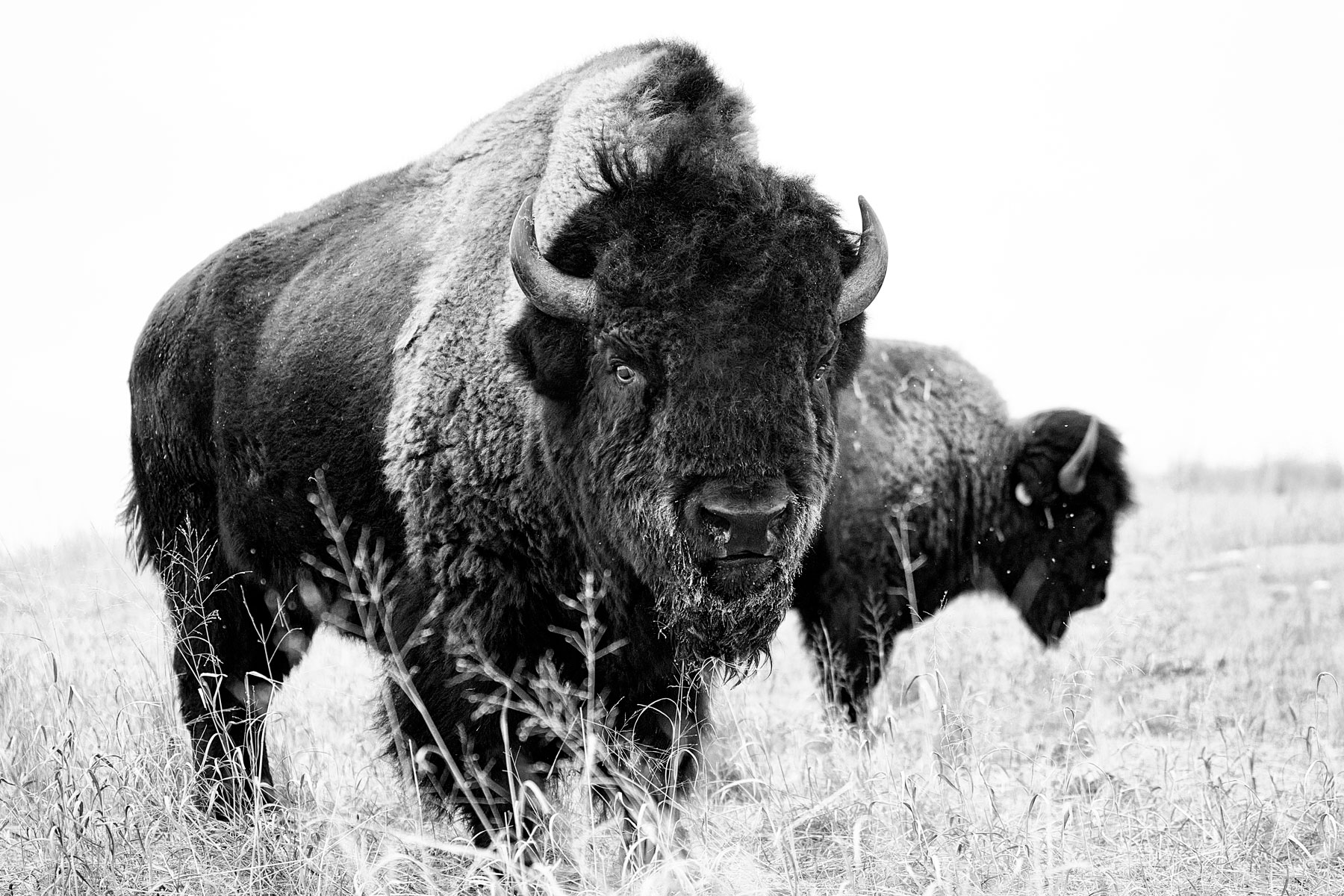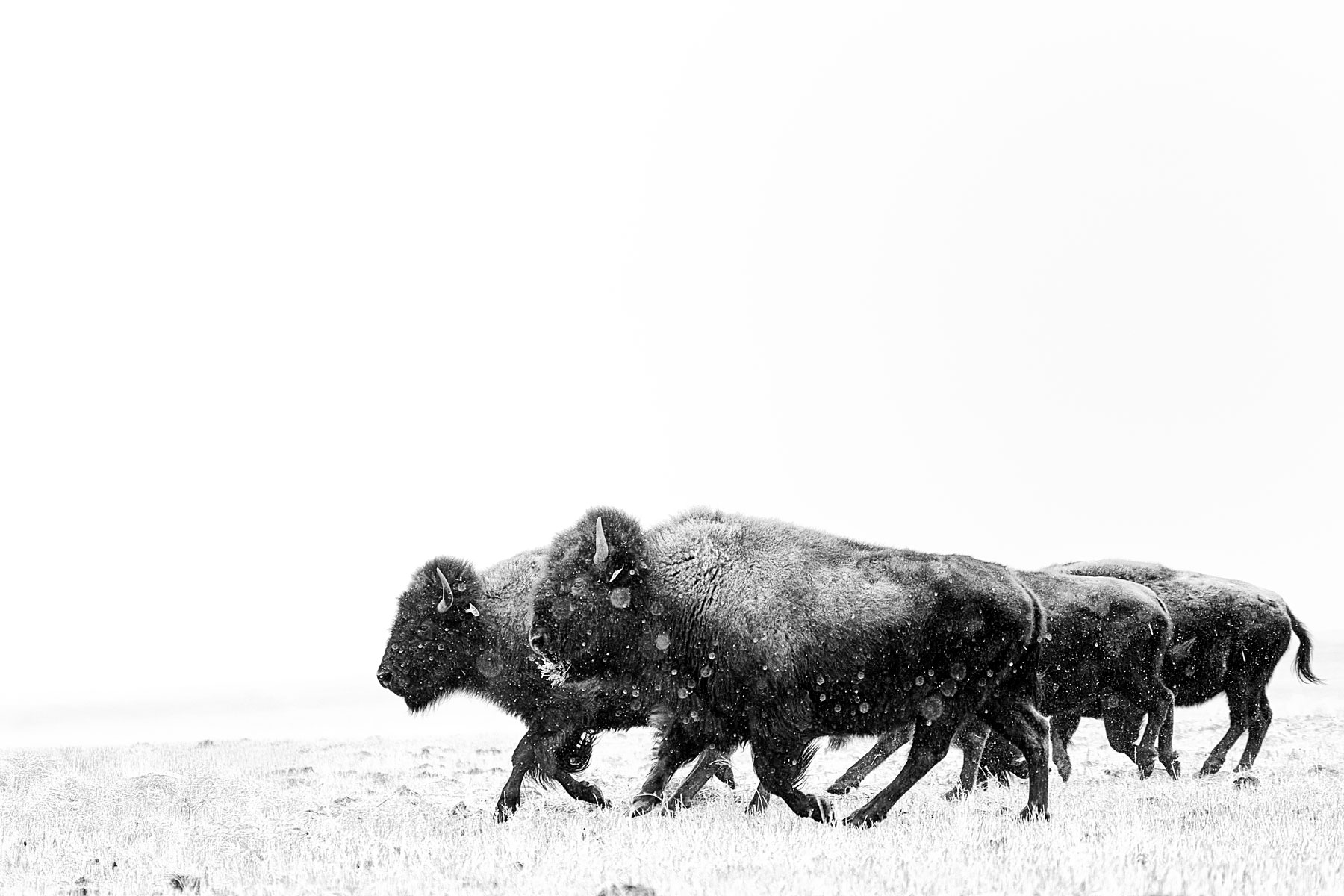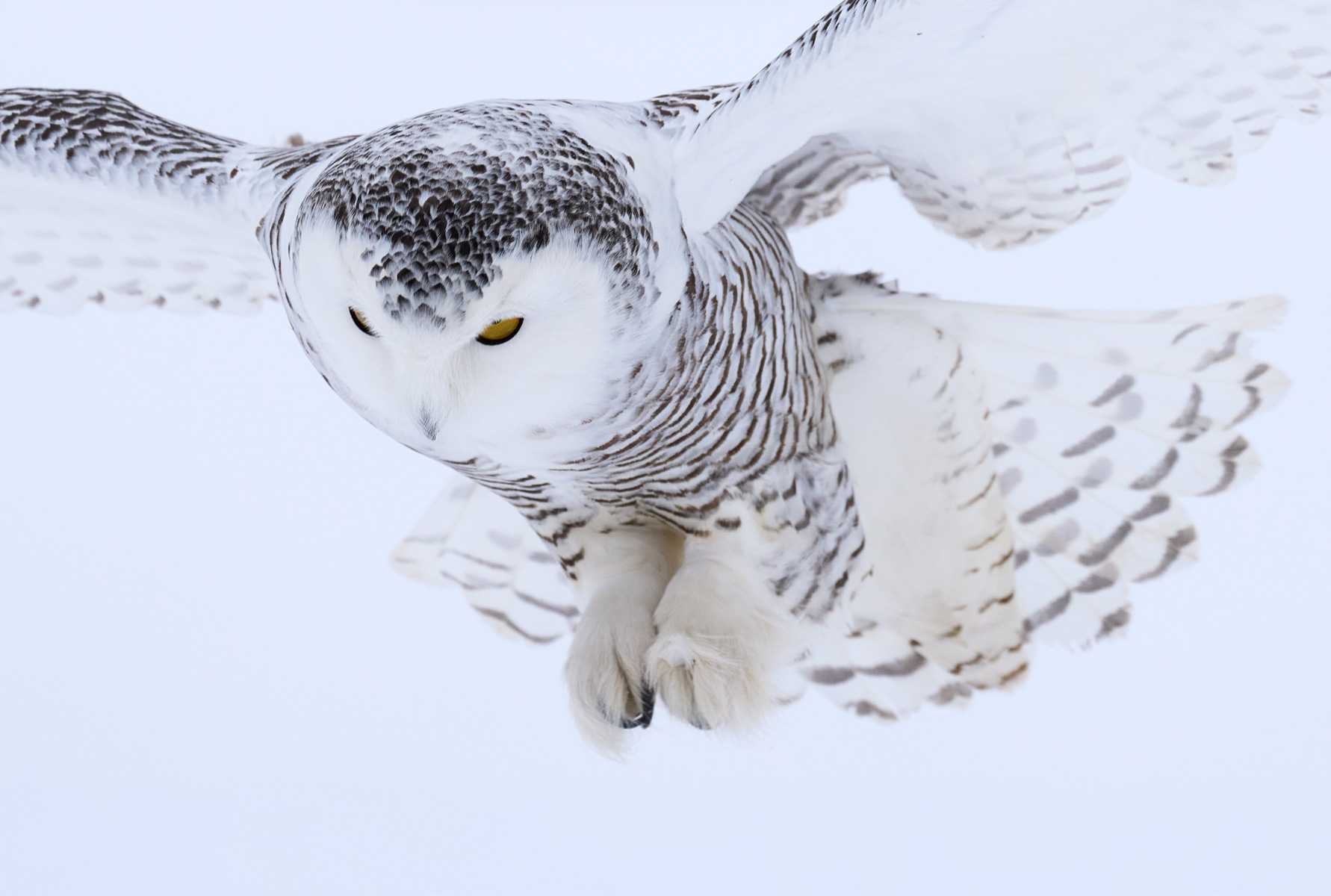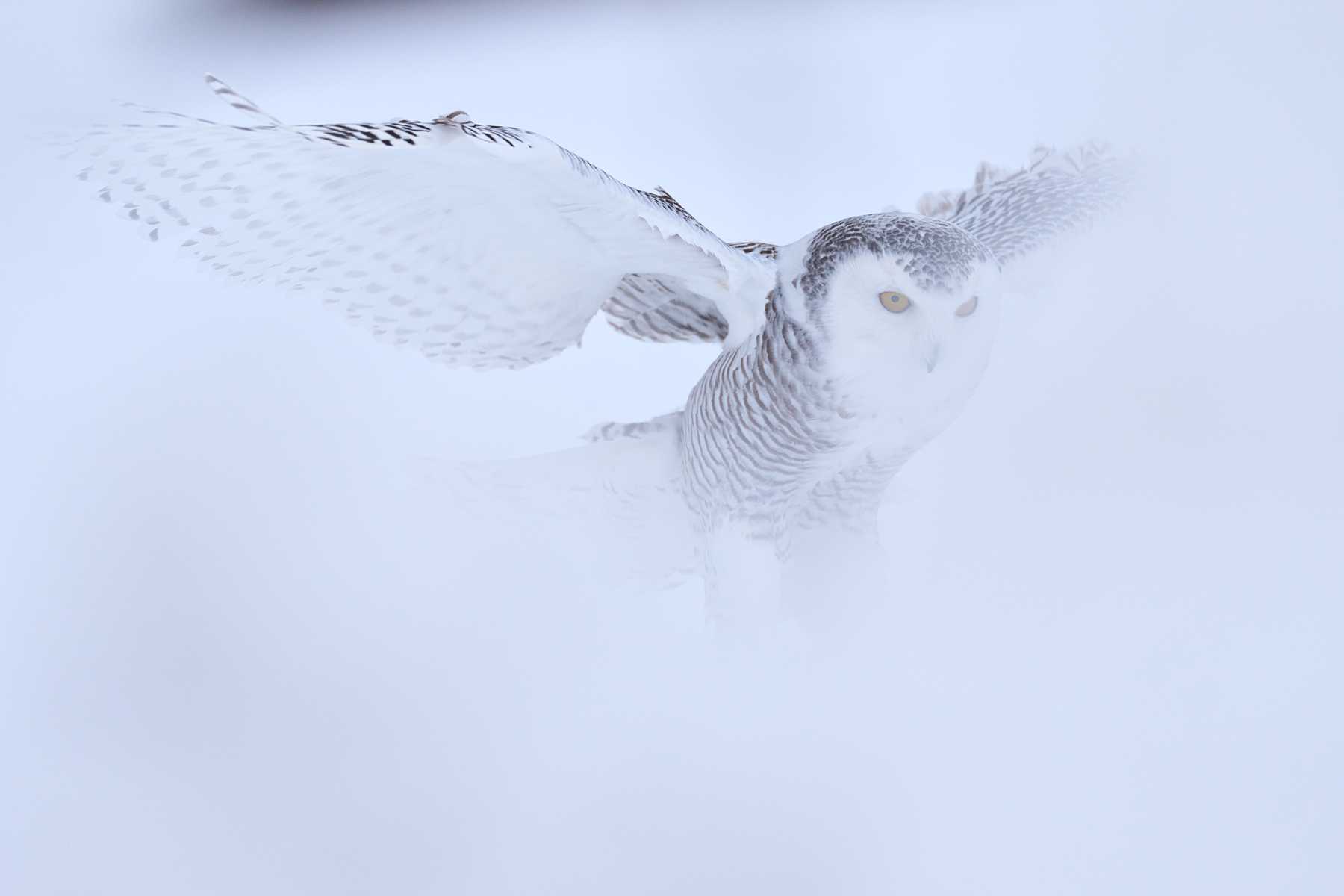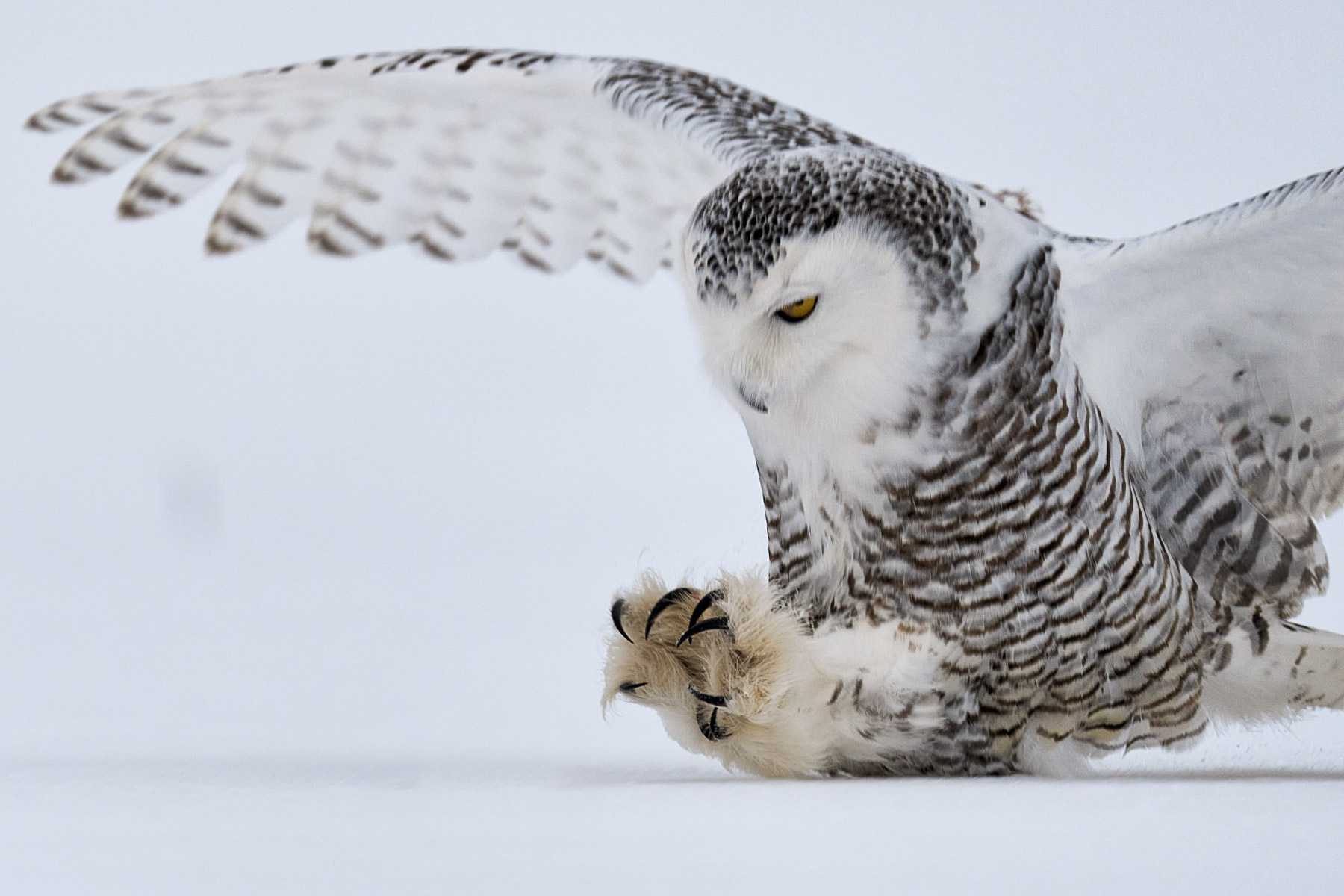Comparing the eating habits between a wolf and a domesticated German shepherd.
Introduction
The eating habits between a wolf and a domesticated dog are quite different. To fully understand them we must first look into some of the major differences between these two animals. Such as body and skull structure along with living conditions and ways they acquire food. We will look into these factors and learn how their eating habits differ.
The Wolf’s Body Structure.
The wolf is the largest member of the Canide family. Male wolves range from five to six feet in length and stand from twenty-six to thirty-two inches in height. The male wolves weigh from seventy to one hundred and ten pounds. The female wolves are smaller in height and weigh less than the males.
Their bodies are streamlined and their bones are very strong. Their collar and wrist bones are narrow; they have powerful legs that are ideal for running fast to hunt down their prey. The wolf can run thirty-eight miles an hour for several days if necessary to hunt prey. The strong body structure of the wolf perfectly supports its ability to hunt food for survival.
The German Shepherds Body Structure
The German shepherd is descended from the wolf. It is of the canis lupus familiaris species. It is however quite different from the wolf in many ways.
It does have a large skeletal structure and a large body. The male German Shepard is twenty-two to twenty-six inches in height and weighs from seventy-five to ninety-five pounds; the female is smaller. It has a dome-shaped forehead, a long neck, straight front legs, massive shoulders, a deep narrow chest cavity, and short back legs. From the front of the skeleton to the back (along the spine) its body frame slopes at an angle downward. The frame of the body is made up of very strong narrow bones.
Since the German Shepard is domesticated it is fed in the morning and evening by its owner or caretaker. It does not hunt for prey like the wolf and does not utilize its body structure to survive.
The Wolf’s Skull Structure Skull structure.
The wolf’s skull structure gives the wolf a large broad head; it is nine to eleven inches in length and five to six inches in width. The top of the head is flat to the tip of the nose There are two dome-shaped projections at the base of the skull, a crest bone at the top of the skull, and two large bones on the side; these protect their eyes and ears. Very strong jaw bones (these are much stronger than German shepherds) provide the wolf with a lethal bite when hunting prey.
The very strong skull protects the wolf’s eyes which have powerful night vision, the jaw bones (that have a strong bite,) and its ears and extraordinary hearing. It also protects the wolf’s advanced sense of smell (which is ten times stronger than dogs.) The wolf’s short broad, the muzzle is also part of the skull.
The wolf’s forty-two teeth are incredibly strong and are in the wolf’s jaw. These teeth along with the wolf’s bite can break prey’s bones and tear up its carcass. This helps the wolf catch prey and eat more efficiently.

The German Shepards Skull structure
The German Shepard’s skull structure differs from the wolfs. The length of the cranium is seventy-one point thirty-one millimeters and the width is fifty-two point eleven millimeters The skull has very strong jaw muscles (which give it a strong bite) and a long snout. The skull houses the German Shepard’s brain and senses (sight, smell, taste, and hearing,) all of which are acute. The German shepherd relies on its senses for whatever work its owner requests of it but not for food and survival.
Living conditions of the wolf.
All species of wolves prefer to live in the wild where they can roam and run at will. They like to live on the tundra, in forests, in the desert, and in grasslands. Any remote wilderness location will suit them as long as their food is in close vicinity.
The wolves will create a den where they can protect themselves from the elements and raise a family. This may be a cave or a series of holes dug under boulders, rocks, or roots. Often it will be used for generations or over a prolonged period of time. We can think of this as a wolf’s home. The wolves return to the den to rest and digest after hunting and eating.
Living conditions of the German Shepards
Since the German Shepard is domesticated it lives with its owner indoors or outdoors but in a rather protective environment.
How do wolves acquire their food?
Wolves hunt for their food. Their wolf pack may have anywhere from six to thirty members (however they are seldom this large.) Wolves like to hunt for their food in packs at night. Their hunting skills are coordinated and they work as a team to take down an animal.
Often the wolves will seek young, old, or injured animals as prey. These animals are easier to chase and take down.
The wolf’s preferred food is large mammals. Deer, elk, bison, moose, bevers, rodents, calves, goats, sheep, and hares; will also eat dogs, cats, owls, and fish. Grass, fruit, and vegetables are also a part of their diet. However, the preferred food is large mammals.
Wolves will usually hunt every day. They can eat as much as twenty pounds of meat at one meal. This meal can satisfy them for several days
How do domesticated dogs acquire their food?
Domesticated dogs acquire their food twice a day at a specific time each morning and evening. The food is provided by the dog’s owner. These dogs prefer to eat alone and not be disturbed by anyone.
After eating the German Shepard should not exercise for one hour as it could disturb its digestion and lead to medical problems.
The preferred foods of the domesticated dog are; grains, fruits, vegetables, rice, potatoes, eggs, cheese, beef, and pork. For snacks or special treats, they like fish, chicken, peanut butter, and popcorn. This food is favored by dogs who live with a private owner or family in a secure home environment.
If the dog is domesticated but lives outdoors it will eat the same foods stated above. However, if it does not have access to those foods it will eat mice, rabbits, birds, insects, fruits, and grass.
Primary differences between Food.
There is not a great difference between the food a wolf and a domesticated dog eat. It is basically protein in nature and provides both animals with a diet that is healthy and full of nutrients as well as vitamins and minerals. This type of diet will allow both animals to be strong and have the ample energy that they require for a good life.
It is true that the wolf is able to eat a greater variety of meats that the domesticated dog may not have access to, but when we consider the nutritional value of what both eat, we arrive at a healthy result.
The primary difference between the wolves’ and dogs’ food is not the food itself. In actuality, it is how the food is attained.. The wolves never know where their next meal will come from or when it might be. Whereas the domesticated dog always knows when it will eat if it has a loving owner or family to feed it regularly
The eating situation of the dog living outdoors is similar to that of the wolf. It also does not know where the next meal will come from. So it must scrounge around looking for what it might find to eat.
